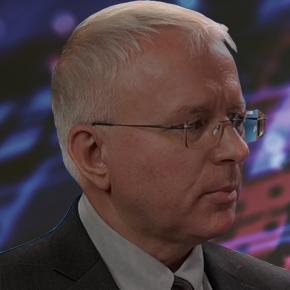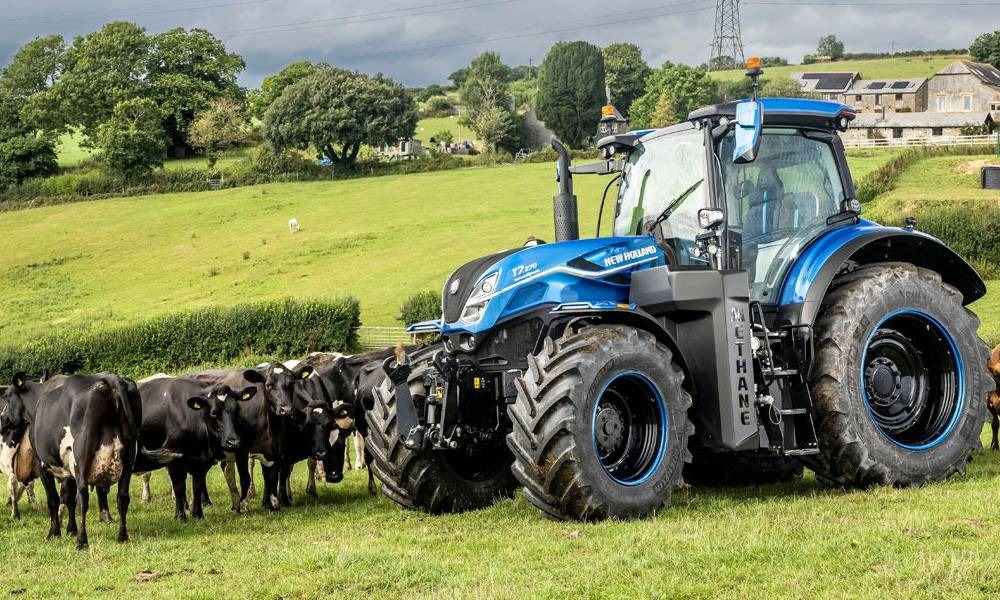November 6, 2025
Podcast: Getting Cost Right the First Time

Transcript
Sam Freesemeyer is an agricultural engineering executive with more than 40 years of experience in machinery design and product management. In this podcast, he explains why so many engineering teams end up reworking designs late in the process—and how integrating cost assessment into every stage of product development helps teams get to market faster without sacrificing the features that make products sell.
Executive Experience: Cost Creeps into Engineering
Sam Freesemeyer: I’m an agricultural engineer who has worked in the ag machinery sector for the last 40-plus years, primarily in engineering and product management. I worked for AGCO Corporation as Vice President of Engineering in a number of global roles, and I’ve seen a lot of different experiences with engineering teams developing and maintaining new products. Cost is always a big portion of that design effort. Whether we know it or not, a lot of times that cost shows up as cost overruns at the end of a project—we haven’t hit our targets, so we go back and redesign to try to achieve cost targets that would have been better addressed during initial development.
When you go back and cost-reduce after the fact, there are a lot of hidden costs in that. First, the cost of redoing engineering that you’ve already done—so you’ve expended that effort twice, which reduces how much you can actually spend on new features. Second, you’ve got design changes coming after your validation program, so you’re not validating these designs as well. That means you’re going into production late, over cost, and with potentially unvalidated or less validated changes because they came late in the testing program.
If you can focus on getting the cost right at the beginning of your NPI project, you save yourself time and money in many ways.
The Biggest Problem: Accurately Costing Design Changes
The biggest problem we ran into in the teams I’ve led when doing cost-based design upfront was getting a good scoring on what the cost of the design was. We’d have two or three alternatives—which is the best cost? And where are we in the overall cost of the machine as we proceed through the project?
A lot of times, the work that you’ve put into the machine will achieve 70 or 80% of a new feature you’d like to add, and you just go ahead and throw that in without realizing you’re already over cost—then you have to take it out later. Or you may find that you’re actually achieving your cost, you’re under target, and you could have added that extra feature but didn’t know it. Having a good grasp on your cost as you’re designing saves you money and gives you more capability to optimize the amount of new feature you can put into the machine.
Four Dimensions of Product Design
There’s a saying in engineering circles: you can have cost, timing, or quality—but you can only pick two. I actually don’t buy into that. There are four dimensions I always look at: content, cost, timing, and quality. If you maintain pressure on all four of those dimensions through the project, you really can get a better balance of all four. If you’re just looking at content and timing because you want to get to production, you’re going to lose on cost or quality.
That’s why there are so many tools for predicting and evaluating quality upfront—in simulations and then through physical testing. Timing is easy; you just look at your calendar. But how do you really assess cost as you go through a project? Having a good, objective basis for establishing the cost of every part—and having that done automatically—gives you the ability to maintain a continuous roll-up of the cost of your machine and know where you are at any given point in the project. That’s information you can use to make decisions.
In the manufacturing space—industrials and off-highway equipment, where I’m most familiar—engineering investment tends to be a percentage of revenue, maybe three, four, or five percent. That’s what we devote to R&D. If I’m wasting that time doing the same work two or three times, that’s work I can’t spend on additional features. If I put the tools in place to get cost right the first time, I have all that available resource to deploy on the next features on my to-do list.
Bulk Costing Accelerates Product Improvements and Market Share
There’s an infinite list of things we’d like to have in the product. We just have to prioritize. We make that prioritized list and draw a red line when we run out of budget. But if I can move that red line down about 30% more, think of how much more new content I can bring to market—and how much faster I can accelerate our attempt to gain market share or customer satisfaction.
I really need to have a way of looking at the whole of my spend—volume-weighted—to decide where I should spend my time, and then go do those things. But in order to do that, I need an accurate cost across my whole spend. This is where a bulk-costing tool can provide base data from which I can plan my current product maintenance and cost reduction activities.
One of the first things I’d like to do is ask: where is the opportunity? Is there a segment of my spend where the margins are dangerously thin? Is there a segment where I’m losing market share to a lower-priced competitor? Within that, where’s the biggest bang for my buck? What’s the highest cost opportunity times volume that’s going to make those engineering dollars I spend pay back the most? Because my engineering dollars are always finite, I want to pick my battles where they’ll do the most good.







